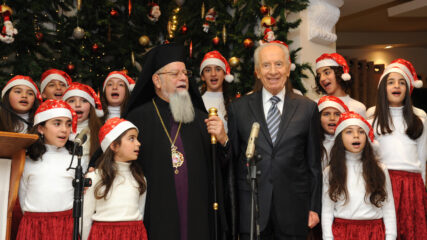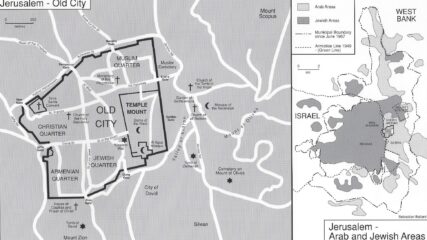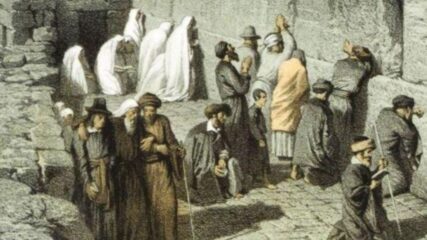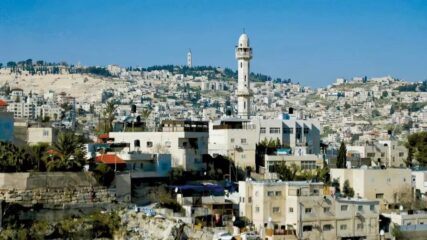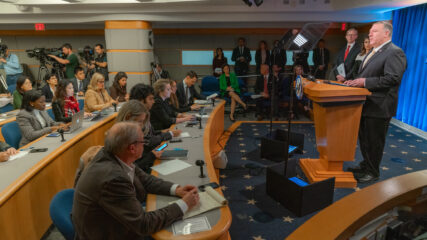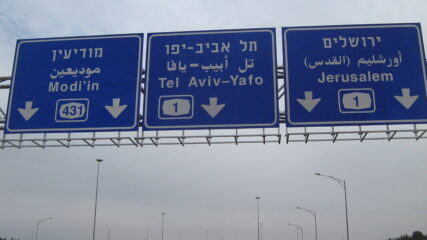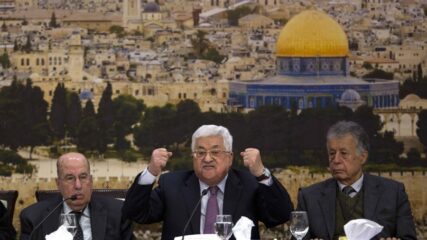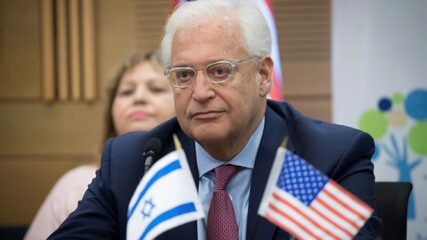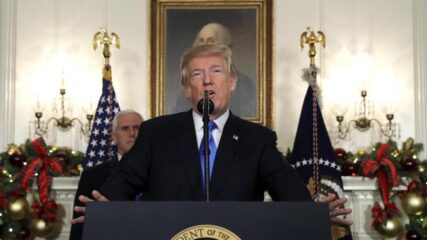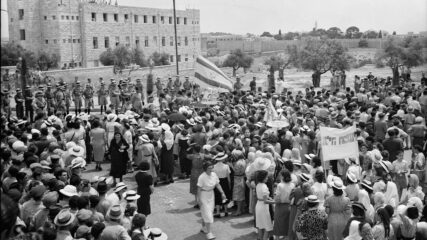Jerusalem is the largest and most complex city in Israel. According to data from the Israeli Central Bureau of Statistics (ICBS) at the end of 2017 Jerusalem residents comprised roughly 10% of the total population of the State of Israel (901,302 persons). 62.1% of the city’s population are classified as “Jews and others” (559,849 persons), and 37.9% of its residents are classified as Arab (341,453 persons). At the same time, according to ICBS figures, approximately 72,600 residents left Jerusalem between the years 2007-2017. In 2017 for example, Jerusalem’s population was reduced by 6,000 people as a result of negative internal migration (of which, 5,800 were “Jews and others” and 200 were Arabs).

